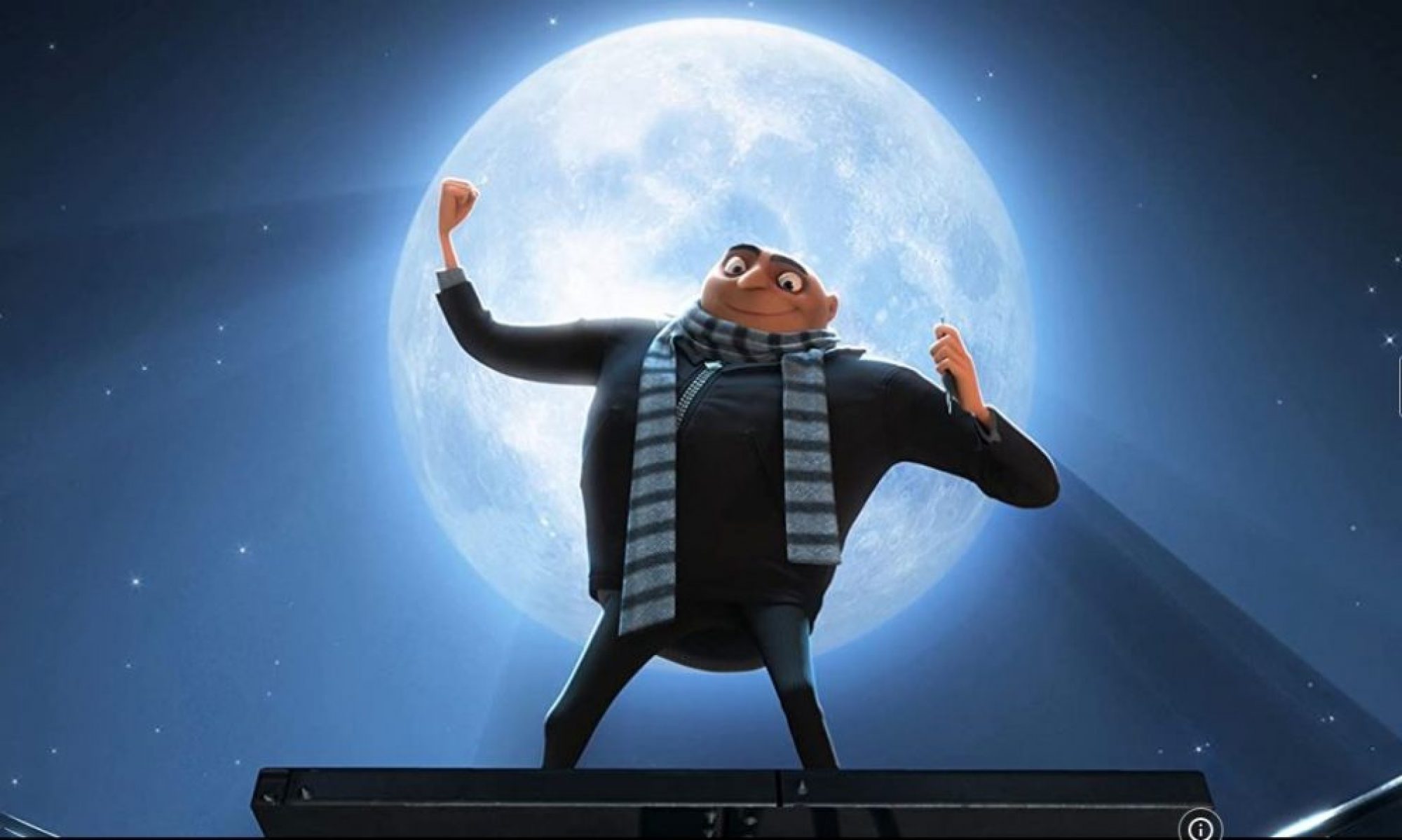This second session of lighting was made with katana, a software by Foundry and in my opinion was better to understand the concepts KK was teaching us. We used frames from the movie Fight Club (1999), by David Fincher and lighted a CG scene with the same lights as the frames from the movie. Nuke and Katana are very similiar but I think Katana is bit more intuitive and easy to understand.
KK prepared a file for us and gave an intro at the beggining of the session which gave us a proper workflow on how to work with multiple shots like organizing the shots by angle and re-using light rigs. The angle of the shots and the amount of light they get can sometimes change but that can be tweaked in katana when re-using the same light rig with a small variation for a different shot.
One of the things KK mentioned was when looking for an HDRI an important aspect to be aware of is the position of the sun, as the HDRI can be used as a light and on the website HDRIHaven they preview what the light looks like on different materials which is extremelly helpfull.


The first step of this exercise was to set the graph state variables (GSV), change it’s name to “shot” and add a variable for each shot, in this case we created 5 variables named “shot01, shot02… etc”. After this we go to the node editor and on the lighting node group we can see there is a Gaffer Three node this is the master light rig which then will be tweaked and changed for each shot or camera angle and overwrite them accordingly.
For this we create a Variable Switch node and add it bellow the gaffer three node, to add more inputs to this node we just need to hit the arrow until we have the desired number, in this case we created 4 inputs and connected the gaffer three node on those 4 inputs we just made. To see the parameters of a node we need to either hit E when that node is sellected or hit the square on the right side of it until a green color appears. On the right side pannel we name the variable as “shot” and in the patterns we can set 1, 2 and 3 for each shot group. So the first will be shot01 shot03, the second will be shot02 shot04 and the last one will be shot05.
Before changing anything else we made a few renders to be sure of how they work on the setup KK made for us. A render for just the characters and everything together (background and characters) and these can be seen on the catalog tab where we can see a list of the renders we made.
Back on the node graph, on the input one we create a new gaffer three node and connect it to the according connector. On the parameters tab we have no lights but if we hit “show incoming scene” we will see what the above gaffer three node has inside on this node and change it just for this input. We deactivated the fill light so we can focus only on the env light, to edit it, right click and hit adopt for edditing. With this we can see new parameters showing up on the pannel bellow in the material tab.
To activate live renders for the lights we are using we go to the scene graph, that works like maya’s outliner and we can see everything this project has, we select the light group and check the live render box on the env light so we can have it rendered along with the image. On the object tab we can apply rotation to this light and match it to the right setting according to the movie frame we are trying to replicate while in live rendering. Hitting “S” to change between cg render and original frame.
This process was only for shot 1 so now we have to check if shot 3 (that is on the same camera angle group) is correct with this setting. As it isn’t, we have to add another input on the variable switch node and connect the shot 1 gaffer three node to this last input and get shot 3 on this last input. Add another gaffer three node on input 4 and with a live render tweak it’s rotation to match the original frame. This is how it looked like after tweaking:
After the light matches the original frames we can make a render of the prepared plates KK made for us, where there is only the background of the original frame without the actors and check if the light matches. The exercise for this session is to match every character with the original plates, so we must do this for all the frames.
When comparing the character render with the prepared plate we can select “toogle overlay/underlay controls”, middle mouse drag the background image to the underlay spot and we have the final image for this shot.
Shot 1:

Shot 3:

KK told us to do the rest of the shots with what he had just taught us.
Shot 2:

Shot 4:

Shot 5:

The only thing that I was unable to find out how to do was to export the render images, everytime I rendered to disk nothing appeared so I took screenshots of the final frames. I am aware that some things are wrong and I expect to review them with KK on our 1 to 1 next week.
